At any given time, viruses are a threat to people globally. Such is the case with the coronavirus, which has affected many people all over the world. It has left us afraid to leave the house, be among other people, and touch random surfaces. Now than ever, it is important to keep our houses always clean. However, simple surface cleaning is no longer enough.
We also need to put more effort toward sanitizing and disinfecting our households to ensure that any possible traces of dangerous viruses are eliminated. Fortunately, there are ways to make the job just a bit easier and more affordable. There are numerous home hacks we can use for cleaning and we have collected some of the best ones for you!
Here are incredible tips for cleaning that will help maintain the cleanliness of your home. Worried about your home finance? Don’t be. These are all budget-friendly!
Toothbrush And Vinegar To Disinfect Keyboard
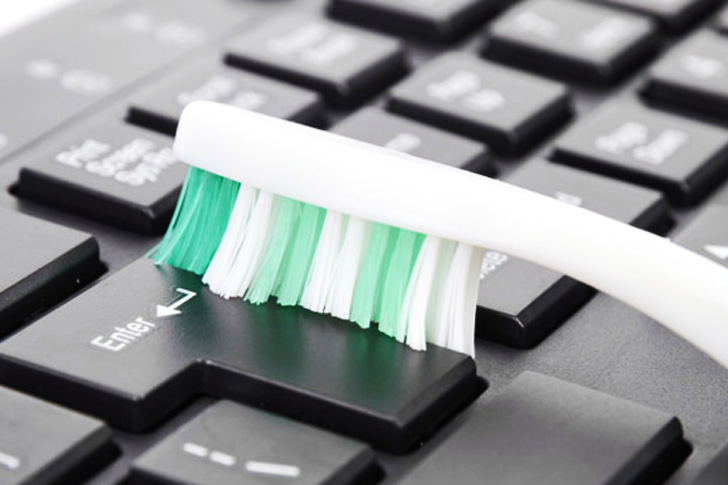
The degree of bacteria that resides in our laptops and computer keyboards is often unknown to us. In 2018, a study that was published in the International Journal Environment Research found that the various keyboards they have tested carried particles of Bacillus, which is a type of bacteria that causes infections in the respiratory tract. But, you don’t need to worry because there is a very simple and easy way to get rid of these bacteria in your keyboard. You only need a toothbrush and a vinegar-water solution. Mix a 1:1 ratio of vinegar and water, then dip the cotton-buds into the solution. Carefully clean your keyboard by scrubbing in between the nooks and crannies of your board. Just make sure you don’t ruin it in the process!
Use The Microwave To Disinfect Sponges
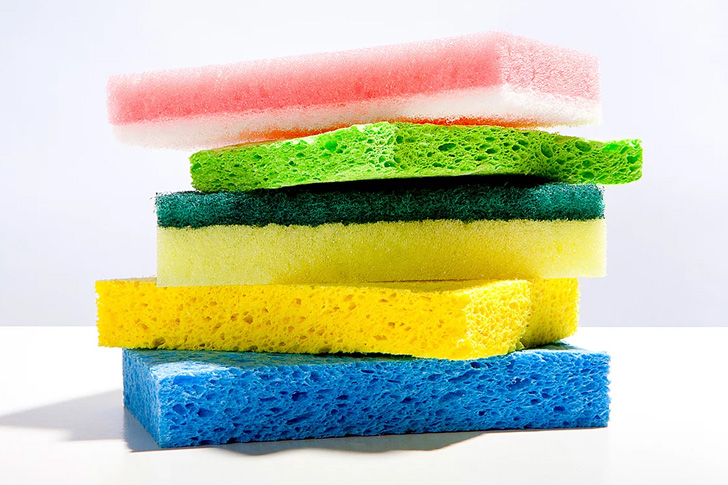
Kitchen sponges are used to clean almost everything in our kitchens, from the dishes, utensils, as well as the countertops. However, instead of cleaning our homes, we might actually be spreading germs instead. A study published in Scientific Reports in 2017 found that dirty sponges can cause millions of bacteria to spread throughout our home. To avoid this, disinfecting our cleaning sponges is a must. Luckily, there is an easy way to do this and it would only take a few minutes. Start by dampening the sponge a bit before placing it inside the microwave. Set it to full power for ninety seconds and leave it working while you do other things. According to the study, this reduces bacteria by a significant degree.
Clean Microwave With Steam

It’s no secret that many of us use our microwaves daily, which means there’s plenty to clean after. If you’re among those who thought that clean up needs a major investment in both time and products, well, you’ll be surprised by this next cleaning hack. To keep your microwave spotless and bacteria-free, you only really need steam. It’s as simple as putting a bowl of hot water inside your microwave. Leave this for around five minutes, with the machine turned on, and let the hot water do its trick. The steam this creates will loosen up any dried grime on the surface of your microwave. Once it’s done, you’ll only need to do a quick wipe-down! With this trick, clean-up will only take you 15 minutes each time.
Denture Tablets For A Cleaner Coffee Pot

Alright, who here is guilty of leaving their coffee makers a mess after every brew? The thing is, cleaning these by hand can be a tedious and time-consuming job so we understand why people tend to avoid it. But it is also important to remember that these are investments and if we don’t clean them up properly, we shorten their usefulness. Fortunately, there is an easy hack for this as well. All you need are some denture tablets!
Drop a few tablets to your coffee maker’s water container and let it run a few cycles. This will clean everything from the inside, including any bits of coffee that might be stuck on it. It only takes a few minutes and it should be ready for use again!
Vinegar Disinfectant for Your Coffee Maker
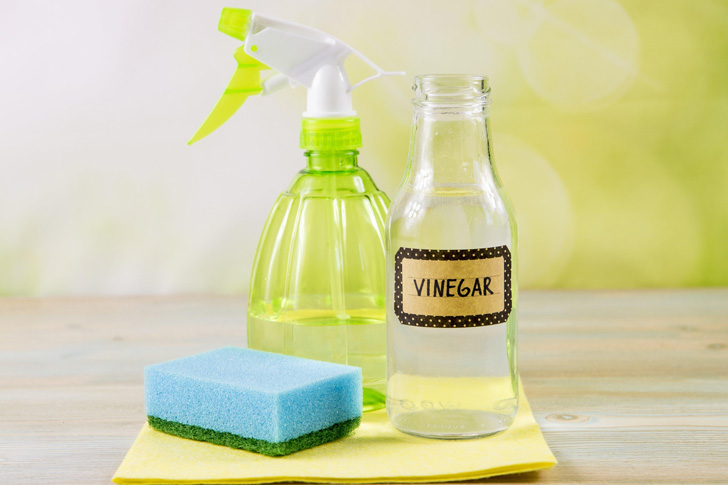
Coffee makers should also be disinfected from time to time. Most of us use it daily, but do not deep-clean it as often as we need to. In a 2015 research published in Scientific Reports, it was suggested that coffee makers can become a breeding ground for bacteria if they are not cleaned regularly and properly. This means that there is a high degree of contamination with your coffee.
Cleaning it once a month should help prevent this from happening. Don’t just use soap and water, however. Fill up the reservoir of your machine with four tablespoons of a 1:1 white vinegar and water mix. Let this run for a cycle or two. Rinse with water for the third cycle to help remove the vinegar smell.
Vinegar to Get Rid Of Water Stains
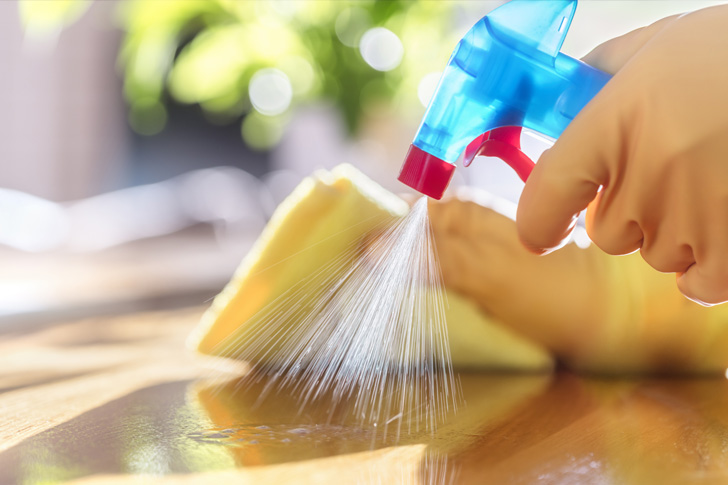
Water stains are a common occurrence, especially in bathrooms. They can appear on glass doors and even on mirrors. Now, most people might use chemical-based cleaners for this problem, but did you know that there’s something in your pantry that’s far safer and more effective? Vinegar mixed with water. For this purpose, you’ll need a 1:1 ratio of each. Apply it onto the surface that needs to be cleaned and wait for fifteen minutes. This should be enough time for the vinegar solution to break down the debris. You can also scrub the loosened debris with a toothbrush to thoroughly clean it. Once it’s been cleaned, just rinse it with water. Easy and budget-friendly, you didn’t even need a loan to replace the old glass!
Clean Pans with Dryer Sheets

Baking and cooking can be plenty of fun. Many people see it as therapeutic and enjoy the process involved. However, when it comes to clean up? The enjoyment simply isn’t the same. Trying to scrub off burnt bits of food can be a chore, after all. This is because most of us have been doing it wrong all this time. Cleaning pans can become a breeze with the simple use of dryer sheets!
How does this work? Fill you sink with warm water, soap, and a dryer sheet or two. Submerge the pans fully and leave for an hour. You might be surprised at how easily it gets cleaned after. Dryer sheets require minimal investment, but comes with big returns.
Potato as Scrub for Cast Iron Skillet
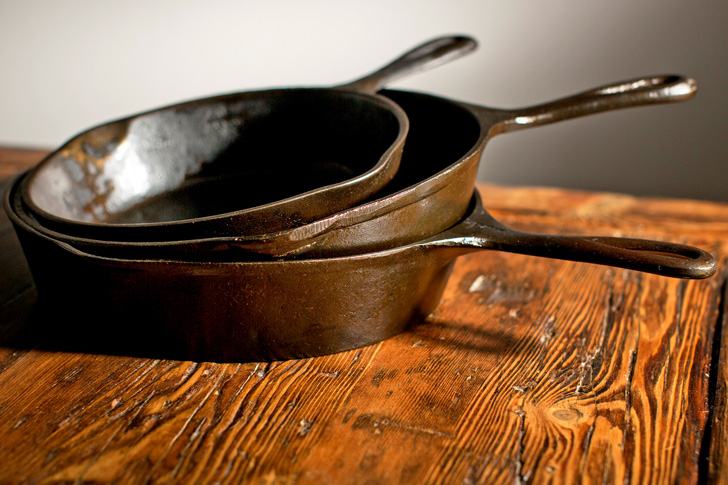
Here’s another dishwashing hack. If you use cast iron skillets for cooking, then you know how precious they are and the degree of effort it takes to maintain them. You’ll need very specific tools to do the job and a lot of patience to get it done. After all, rushing can damage the surface and render your skillet useless. But did you know that potatoes can help cut down clean time?
Cut a potato in half. Take your skillet and pour dish soap, along with a generous amount of coarse salt in it. Rub the surface using half of the potato until the grime loosens up. Rinse everything off with water after. Because the potato is smooth in texture, it will not damage your pan.
Baking Soda for Scratched Plates
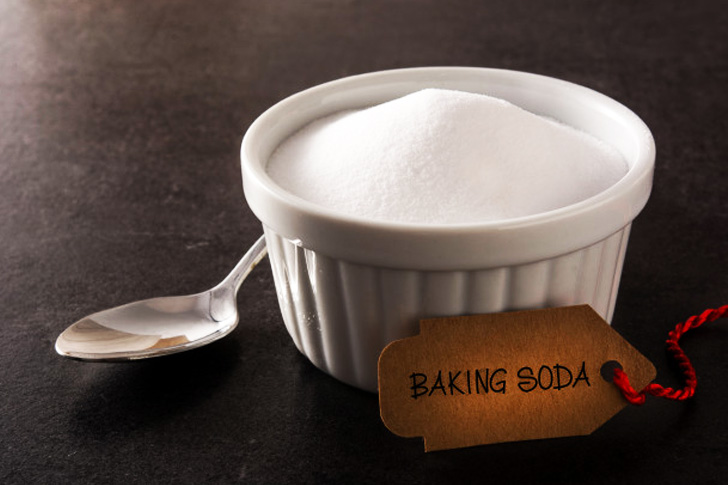
Since we use plates on a daily, basis, they can end up cracked over time. Do you really want to keep buying a new set each time? Use that money for utilities, like electricity, instead because we have a hack to keep your plates looking brand new. For this, you only need a bit of baking soda and some water. Mix these two together until it forms a paste. Make sure it isn’t too runny!
Next, buff the paste into the scratches. Do your best to cover every scratch and crack that you see. Once you’re satisfied, leave it to dry before rinsing any excess bits away. This method is affordable, but works like wonders. You can also use it to fix damaged exteriors on ceramic mugs and cups.
Rhubarb for Burnt Food Stains

It might seem strange, but there are certain fruits and veggies that can help make cleaning up in the kitchen much easier. Such is the case with the Rhubarb. If you’ve ever made a mess while cooking, then you know how difficult it can be to clean up certain areas. This is especially true for gas stoves and ovens. What can you do to make cleaning up much easier?
Slice up some rhubarb and place it in a pan with some water in it. Leave it to boil then turn off the heat. The rhubarb contains acids that when boiled, melts away the carbon produced by burnt food. Use it to clean off the pan and any other spots on your stovetops!
Self-Cleaning Blender
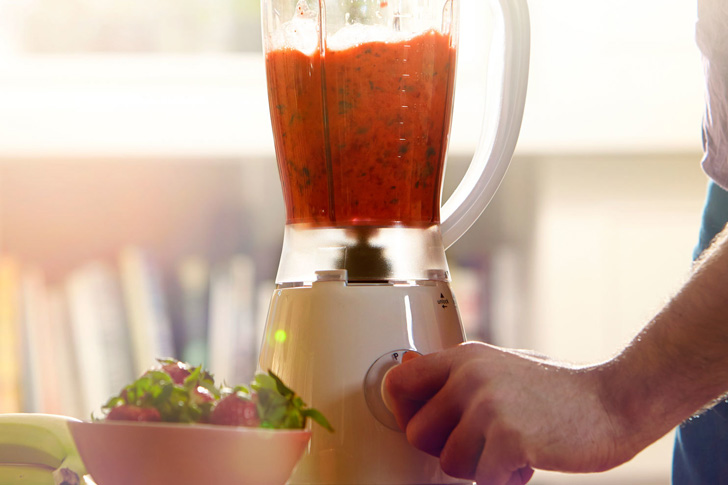
When it comes to kitchen equipment that’s powered by electricity, cleaning can be a bit tricky. Such is the case with blenders. These are frequently used for a variety of purposes and can get dirty very quickly. Bits of ingredients can get stuck on its blades, which simple rinsing wouldn’t be able to thoroughly clean out. We don’t suggest using your hands to clean these parts either. What can you do in this situation?
You will only need to prepare a solution of warm water, baking soda and dish soap. Pour the solution into your blender and pulse it a few times. The spinning motion, along with the solution, will leave your blender squeaky clean. Just make sure you rinse it thoroughly after to get rid of residue.
Lemon as Garbage Freshener
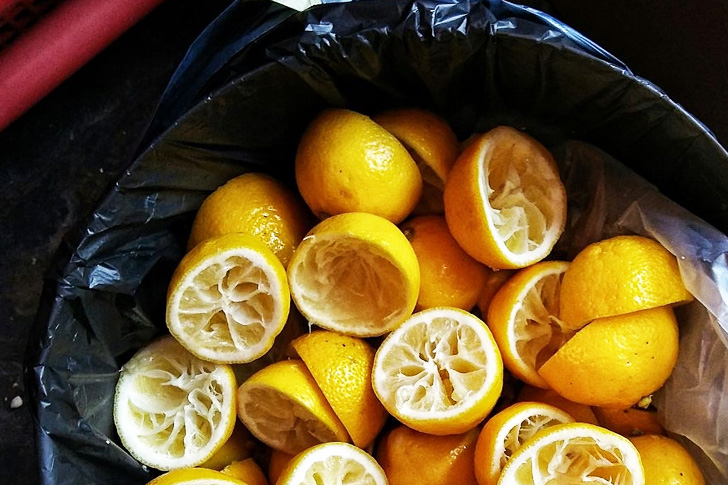
How exactly can you make a garbage disposal smell better? You’d be surprised at the power a few pieces of lemon can have when it comes to this purpose. It is important to try and reduce the foul smell coming from your disposal because it can easily attract flies and other insects. Instead of spraying Lysol or other deodorizing products, just cut up some lemons and drop it in! You get to avoid nasty chemicals by doing so.
It can reduce the odor by a significant degree and is also much cheaper when compared to other products available in the market. The amount you use really depends on the need and if you don’t have lemons, orange peels can produce a similar effect.
Lemon for A Cleaner Cutting Board
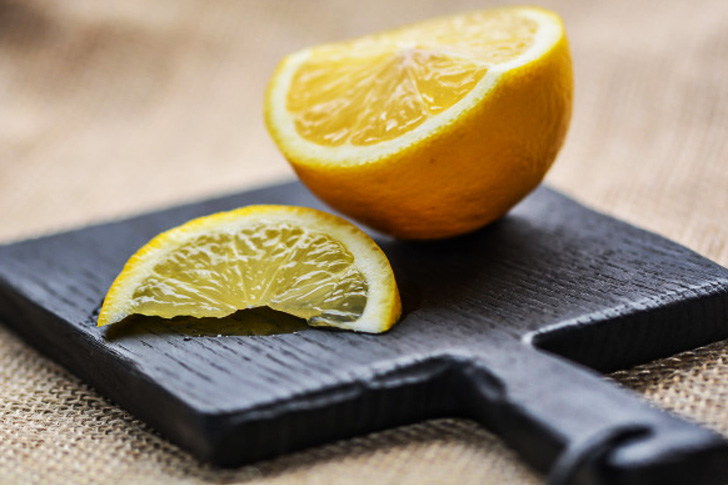
Since cutting boards are often used in food preparation, it is important that they are kept clean and disinfected. Plastic ones can be popped into the dishwasher, but wooden cutting boards are an entirely different matter. Wooden ones can get stains, which are hard to remove. The smell from the ingredients you used can sometimes stick to it, too. Fortunately, there is an organic ingredient that can help clean your cutting board. Rub your wooden boards with some salt and lemon. It works best if you leave the salt on the board for a couple of minutes, before rubbing in the lemon. After, rinse it with clean water. Lemons certainly deserve credit when it comes to their usefulness as food and as a cleaning agent!
Vodka Against Mildew Spots
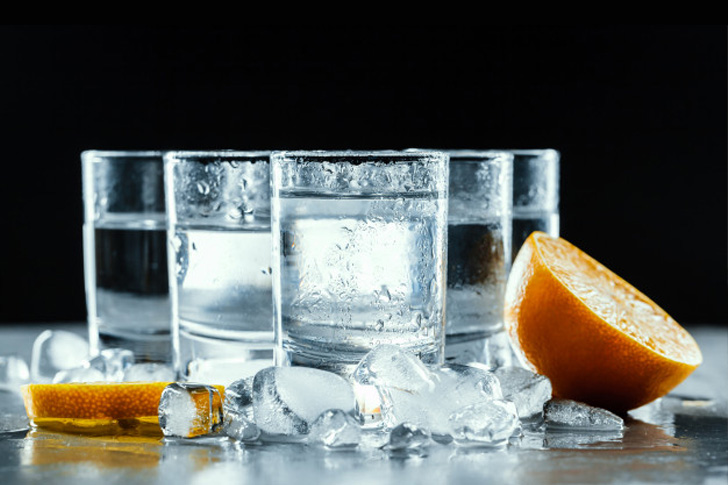
If you keep liquor at home for special occasions, you’d be glad to know that these can also serve a different purpose. Just take vodka for example. It can be used to prevent mildew from appearing in different areas of your home. As you might know, this can pop up on your roofing tiles, kitchen vents, bathroom, or near any possible leaks since they thrive in moist and damp environments.
To get rid of it, just mix 1:1 ratio of vodka and water. Spray this in the affected areas and allow it to dry for about ten minutes before wiping or rinsing. Not only is this a natural solution, it is also effective. The vodka contains strong alcohol, which effectively kills mildew.
Kool-Aid for A Clean Toilet Bowl
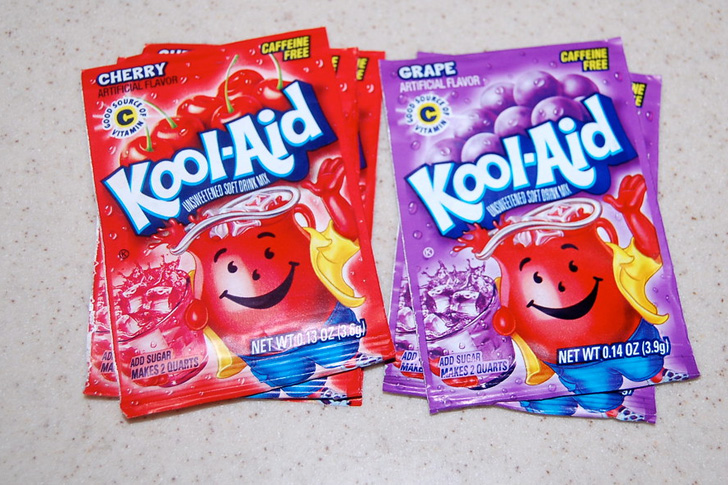
One of the most common spots in our homes that need regular cleaning is the bathroom, specifically the toilet. Our toilet bowls need to be regularly cleaned because it can become a breeding ground for germs and bacteria. The usual product used for this purpose is bleach. However, this chemical can be dangerous to use and might even irritate our skin and eyes. Fortunately, there is a safer and more natural alternative.
It’s time to drink the Kool-Aid because it actually serves another purpose, aside from being a refreshing drink. Instead of bleach, sprinkle some lemonade-flavored powder in your toilet. Leave this for a few minutes before flushing. Not only will your toilet be a degree cleaner, it’ll also smell quite good!
Lemon and Salt Scrub For Shower Doors
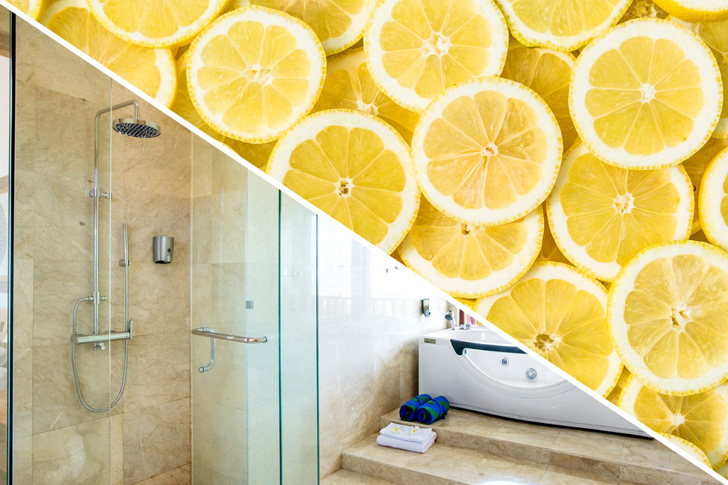
Another common issue that most homeowners experience would be dirty bathroom doors. This could be due to mildew, water stains, and build-up from years of use. Most people might choose to use their credit cards and purchase a new one but try our hack first. Lemon and salt are two ingredients commonly found in most kitchens. As you’ve seen in our other tips, they are particularly useful as cleaning agents as well.
Cut a lemon in half and dip one in salt. Scrub this against your shower doors. Unlike caustic products, this wouldn’t have an irritating smell and isn’t dangerous to use. Because the salt is abrasive, it will help loosen up the grime, while the lemon’s acidity will break down any mineral build-up.
Grapefruit and Salt Scrub for a Cleaner Bathtub

After a long and tiring day, you certainly deserve to unwind. For many people, relaxing in a warm bath is the best. In a way, it heals both mind and body. However, you might find yourself feeling frustrated instead if your bathtub isn’t as clean as you thought! From mildew and bath bomb residue, our tubs can get stained over time. Sure, you can use bleach, but why not go for some grapefruit and salt instead?
Simply cut one grapefruit in half and add salt to one side. The combined abrasiveness of the salt and citric acid from the fruit will help remove any built-up grime. With these two ingredients around, you don’t need to often make an investment in expensive chemical cleaners!
Vinegar for a Clean Shower
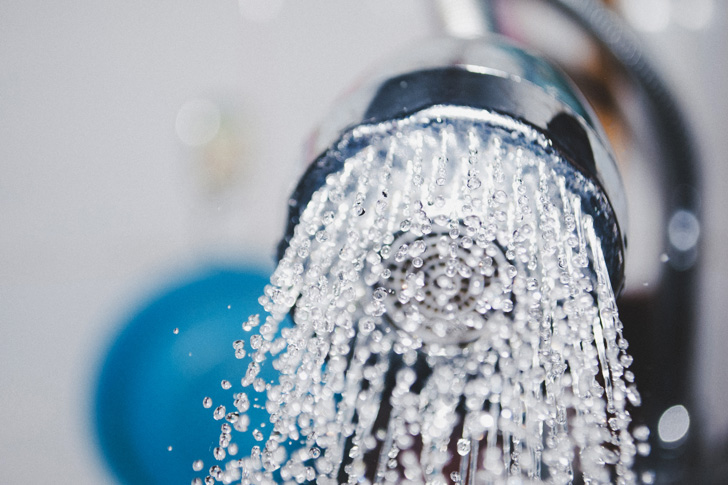
Dirty showerheads look gross, but did you know that they actually contain more bacteria than you might expect? Back in 2009, Proceedings of the National Academy of Sciences of the United States of America published that 20% of showerheads they tested had Mycobacterium Avium on them. If you’re unfamiliar with it, this bacteria can cause respiratory issues.
That’s something you wouldn’t want in your home, even if you have proper health insurance to cover for any uncertainties. Why not prevent it from causing damage instead? The simple solution: Vinegar. Just prepare a small baggie with white vinegar in it. Attach this to your showerhead and leave overnight. By morning, all the grime should be loose enough for you to simply rinse and wipe away.
Wax Paper to Keep Sink Fixtures Gleaming
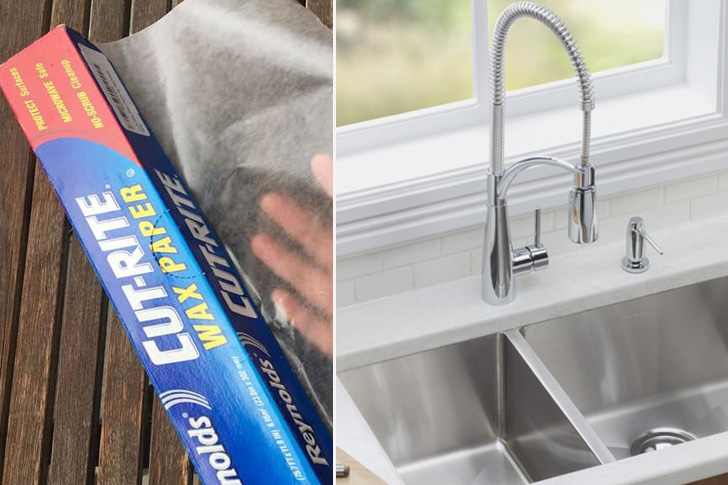
We use our sinks daily and these can experience more wear and tear quicker than other fixtures in our home. Replacing these can be pretty expensive, but you wouldn’t want to leave them looking dirty either. What can a regular homeowner do in this case? Fortunately, you don’t need plumbing services to get this done.
First, clean your sink with an antibacterial cleanser. This is to make sure it’s been thoroughly disinfected. Next, take your wax paper and polish the fixtures with it. Be generous with your use of the paper as it can help protect the fixtures from water stains. How? The wax prevents water from sticking onto the steel or copper, ensuring that it won’t leave a mark even after prolonged use.
Toothpaste as Silver Tarnish Remover
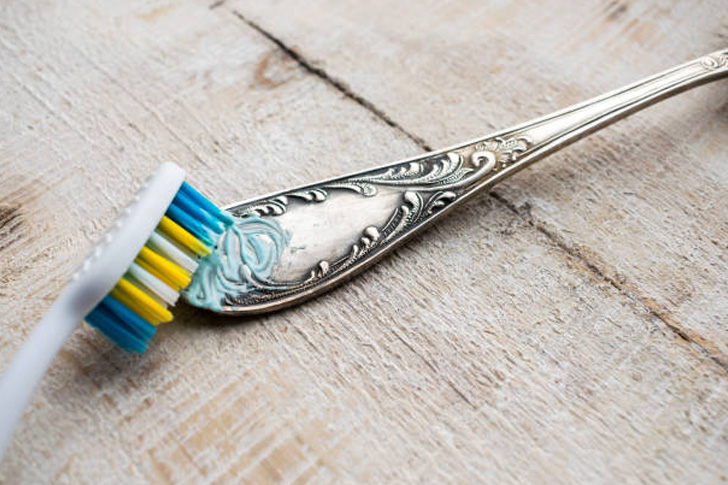
Do you have tarnished silverware? There’s no need to spend a lot to clean them or buy a new one! This problem can be easily fixed with toothpaste. Sure, there are ready-made silver cleaners, but did you know that these can be abrasive and cause further damage to your expensive silverware? Toothpaste is much gentler but can still provide the same degree of cleaning as a commercial cleaner. All you need is a bit of it and a soft rag or toothbrush, to start.
The steps are simple, too. Just apply a bead of toothpaste onto a rag and rub it into the silverware. Focus on the tarnished parts and gently rub until it begins to lighten. It might take a bit of time, but this is one fool-proof method!
Newspaper to Clean Your Windows
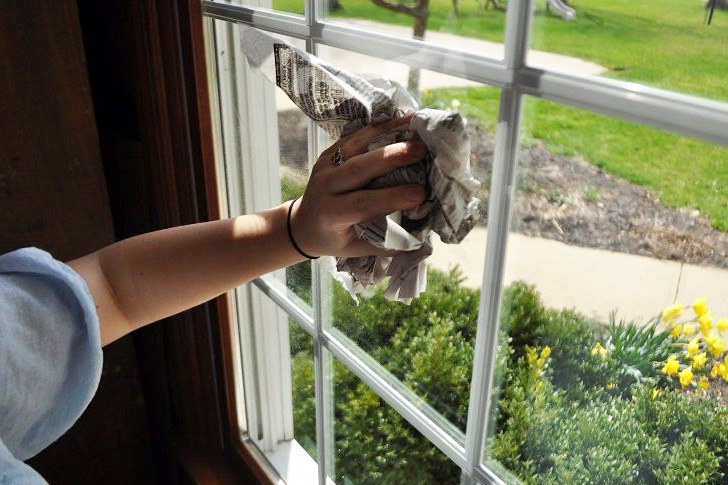
What do you usually use to clean your windows? Most people would use a clean rag and some window cleaner, but these can leave streaks. One of the best materials you can use instead, one that wouldn’t cost you as much money, is newspaper. If you have some lying around, don’t toss them in the garbage just yet. Using these to clean your windows requires very little effort, too.
Start by using your usual window cleaner. If you don’t want to purchase a chemical cleaner, some experts suggest using a dishwashing soap and water mixture to clean windows. Spray some of it on the glass and use the newspaper to wipe everything down. Remember, you don’t need a huge investment to maintain your home’s cleanliness!
Dish Detergent for a Clean Window Screen

Think of windows are the eyes of your home. If they are dirty and obscure your view of the outside world, it looks unappealing and can also affect the value of your home. While glass windows are easy enough to clean, the same can’t be said about window screens. You can opt to get an electric power washer to remove grime on its surface, but not only is this wasteful, renting one can cost a decent chunk of money. What alternatives do you have?
A foolproof method you can use is to mix dish detergent and water together. Take an old toothbrush and dip it into the solution. Carefully scrub the screens with this and rinse it off before reinstallation.
Use Vacuum to Clean Your Blinds
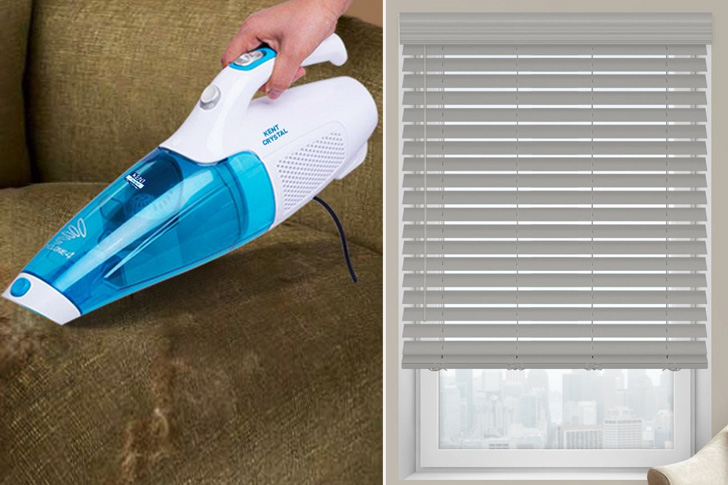
Did you know that window blinds are some of the dirtiest things in any home? They can become a breeding ground for bacteria and collected dust can cause respiratory issues, especially if you don’t take the time to clean them thoroughly. A feather duster can only do so much and might only end up spreading dust even more. To do this properly, you’ll need a degree of patience and a bit of free time.
Well, that’s if you don’t own a vacuum cleaner. Using a vacuum makes the job far more efficient and it can remove the dust without spreading it further. Just make sure you use the upholstery nozzle, so you can really get into the nooks and crannies.
Shaving Cream to Get Rid Of Upholstery Stains
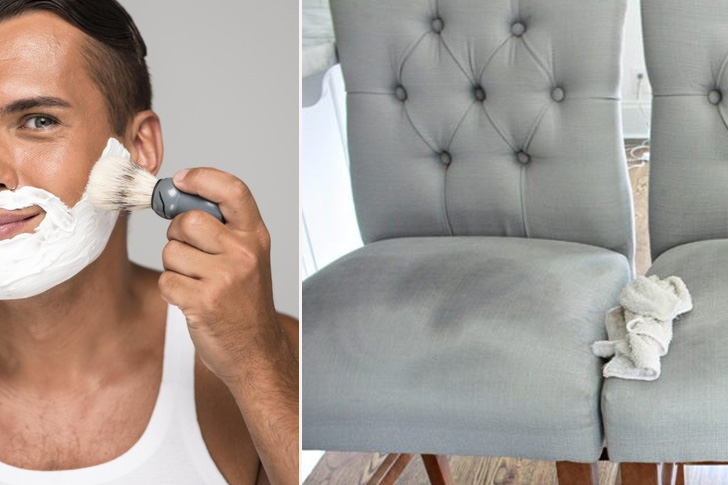
Are you frustrated with the stains on your upholstery that you can’t get rid of? Before you get a professional to do the work, think about the costs and the damage it might do to your credit report. It isn’t really practical when there are cheaper alternatives to choose from. A good example of which would be shaving cream. No—we’re not kidding.
Get a bit of it and rub it on the stain as thoroughly as you can. Wait for thirty minutes before cleaning it off. If it doesn’t remove the stain in one go, it will help slowly lighten it with every use. A precaution, though. Test the product on a small part of your sofa to check if it might cause unwanted discoloration.
Dryer Sheet to Sweep Your Baseboards
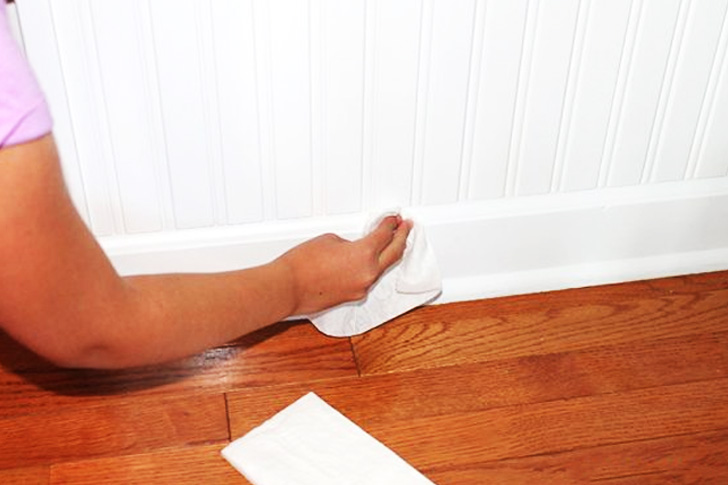
The baseboards in our homes do not just serve as an attractive architectural element, they also cover the joints between the surface of the wall and the flooring. It adds beauty to our homes, but cleaning it properly is not really an easy task. You would need to get on your hands and knees to scrub it clean.
Fortunately, there is a smart trick you can use to clean these baseboards and keep your home smelling fresh, too. Just simply attach a dryer sheet to your sweeper whenever you clean. These will pick up even the smallest bit of dust and leave a nice clean scent everywhere. The best bit? Dryer sheets are pretty affordable and you’ll find some at the dollar store, too.
Baking Soda to Keep Mattresses Clean
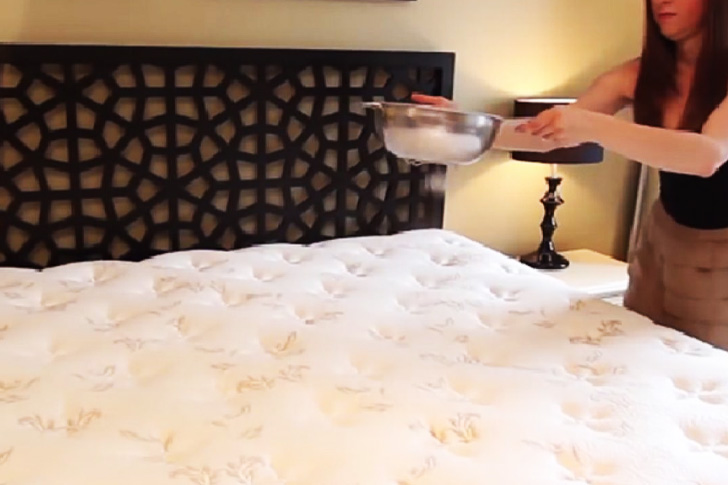
Here’s a fact: you must keep changing your pillows, pillowcases, and sheets in order to maintain proper hygiene. But, while these can be easily washed, the same can’t be said for your mattresses. You can get a professional to help you out, but are you prepared for the dent it might leave on your credit? What if we tell you that there is a cheap yet effective alternative?
Baking soda is an essential in most pantries, but you can also use this to limit dust and bacterial contamination in your bed. Vacuum your mattress first, then sprinkle an ample amount of baking soda on it. Leave it for a few hours so it can soak everything up. Afterwards, vacuum it again to remove any residues.
Use a Lint Roller to Remove Dust on Surfaces
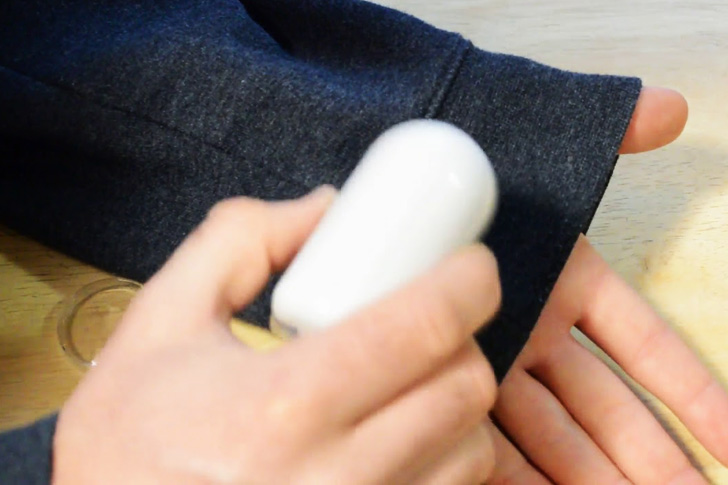
No matter how much we clean our home, it always seems as if dust begins to gather as soon as we’re done. Using a feather duster isn’t recommended because for smaller pieces of dirt, it is much less efficient. Besides, would you use a feather duster to clean up stuff like spilled glitter or pet hair? Sure, you can vacuum these up, but what if you down one?
Well, there’s no need to use electricity for this next trick. All it requires is your average lint roller. The stickier, the better! You’ll find a bunch of these online or at the dollar store. It comes with rolled layers of adhesive sheets and you can peel one off after every use. Simple, affordable, and effective!
Use Dry Cloth to Clean Your TV Screen Instead Of Spray-On Cleaners
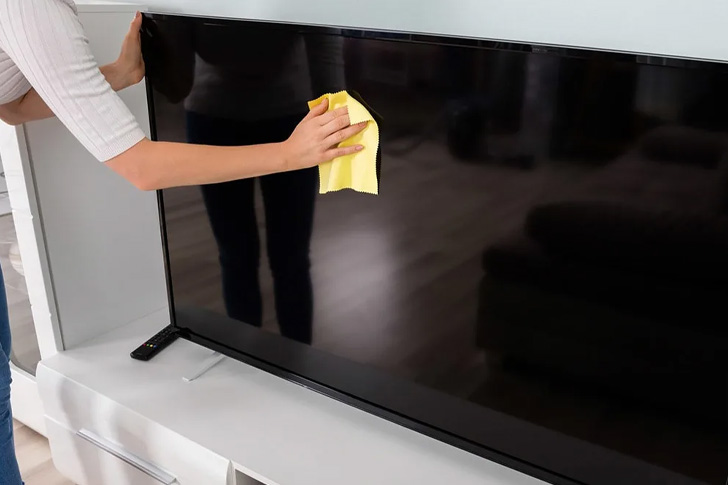
Aside from our gadgets, having a TV at home seems to be a requisite investment for most people. It provides daily entertainment and keeps us up to date with world events through the news. Question is, how often do you clean your television screen? The average household would wipe it down a few times a week, but did you know that using spray-on cleaners can damage certain LCD’s?
Be on the safer side and just use a dry cloth instead. Wipe the screen gently and make sure that you don’t press on it too hard. You can also lightly dampen the cloth with water to get rid of marks. Do this, at least, twice a week to keep it free of dust.
Vinegar and Steam Iron to Remove Carpet Stains
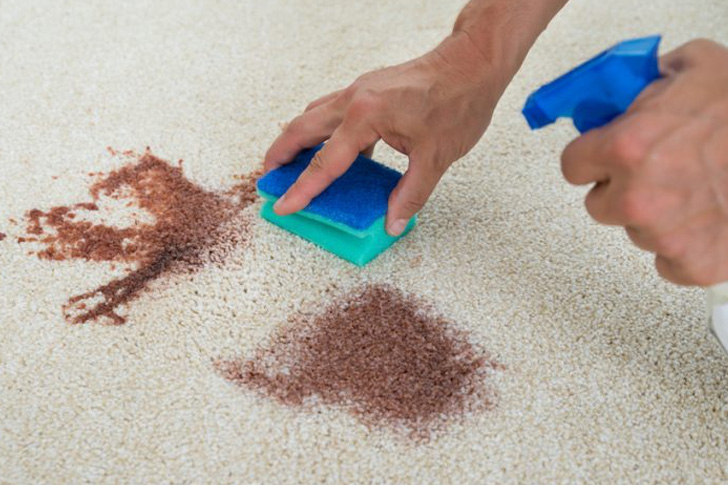
Getting professional carpet cleaning services can cost a pretty penny. In fact, depending on the type of carpet you have and the degree of care it requires, you might just be better off buying a new one from Ikea. You can do your best to keep it clean, but at some point, carpets will get stains or show signs of wear. Fortunately, there are useful cleaning solutions available at home.
You can get rid of those carpet stains with some vinegar, water, a cloth, and a steam iron. Prepare a vinegar-water solution with a 1:3 ratio and apply it to the stain. Cover it with a wet cloth, then steam it for about thirty seconds. Brush off any stubborn stains and your carpet should look nice again!
Bleach to Keep Your Washer Fresh-Smelling
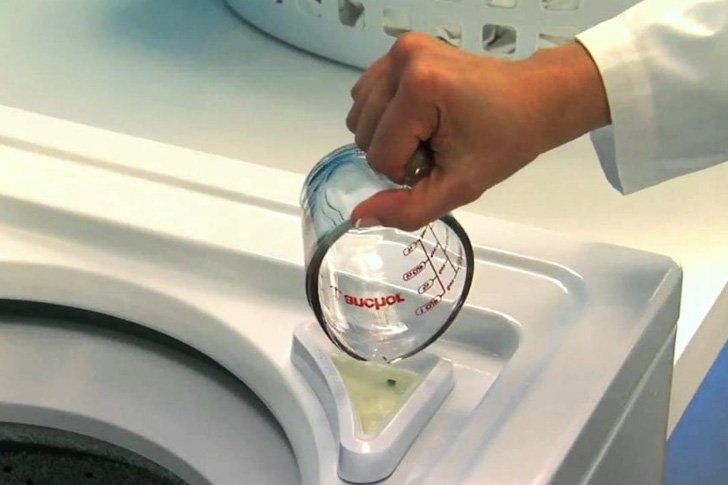
Having a washing machine, though it consumes electricity, is a great way to lessen the time-consuming process of washing of clothes. Yes, it is useful, but have you ever tried cleaning one? In 2007, one study published in the Journal of Applied and Environmental Microbiology found that cleaning your machine by running its usual wash and rinse cycle is not sufficient enough to remove any dangerous viruses that might remain on it.
What you can do, instead, is use the clean setting and hot water. Adding some bleach will make this more effective. Not only will it clean your machine and make sure it’s ready for use, but it will also keep you from the possible risks it may cause.
Eliminate Humidifier Build-Up
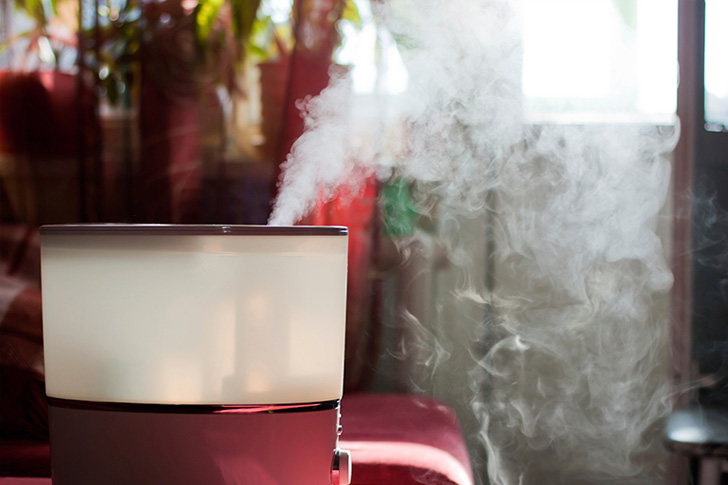
Humidifiers are very useful, especially during the colder seasons when even the temperature inside your house decreases to a certain degree. It acts as an indoor heating system, adding that extra bit of warmth. As much as humidifiers effectively treat certain problems such as dry skin and help with respiratory health, it can also pose a major risk if you don’t keep it clean.
It’s no secret that it can become a breeding ground for bacteria or mold. To avoid this, pour undiluted white vinegar, about two cups, into the water tank, and ensure that all sides of it are wet. Leave this for about fifteen to twenty minutes. To remove the remaining build-up, empty the tank and scrub the crevices with a small brush.
Cleaner Dishwasher
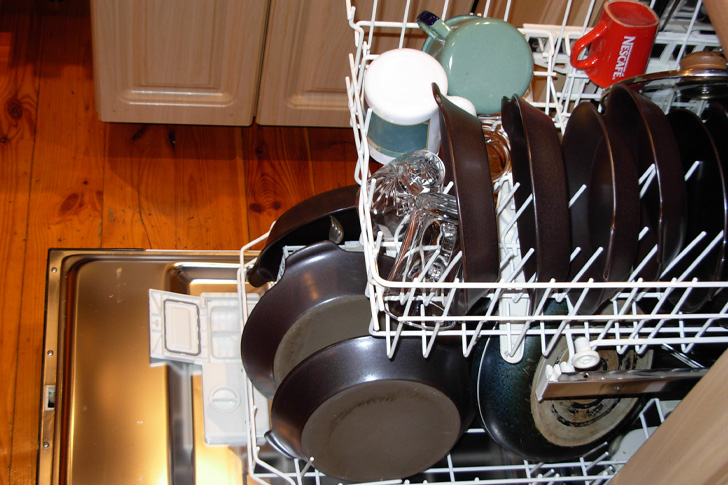
Dishwashers help us save time and effort, leaving more room for other things such as school work, recreational activities, or relaxing. However, those little bits of food that you have postponed cleaning in your dishwasher’s interior can increase over time and result in the formation of grime. It is better to start cleaning your washer after every use. You don’t need a whole lot of time investment for this one.
To remove any leftover food, pull the bottom rack out and clean it. Turn this into a habit to maintain proper hygiene and lengthen the lifespan of your machine. Not only will this keep your dishwasher clean and smelling nice, but it will also help you avoid greater risks such as bacterial infection.
Scrub-Clean Your Toilet Bowl
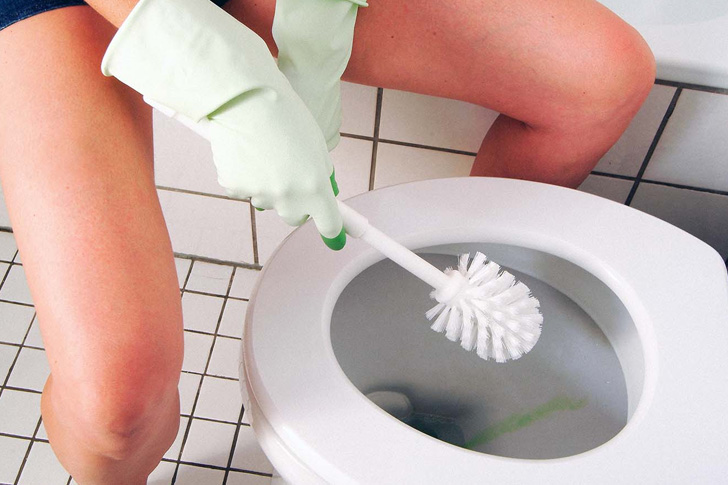
Fun fact: the degree of bacteria that’s been found on toilet bowls will surprise you. It can become a common breeding ground for germs so it is very important to always keep it disinfected and clean. Simply rinsing it with water is not enough to get rid of the bacteria that are thriving in there.
For effective cleaning, apply a cleaner or some detergent and leave it on for around five minutes. Once done, scrub it using a toilet brush with a stiff bristle. Use disinfectant wipes for the toilet seat to make sure it is germ-free as well. Not only will this keep the bowl looking nice and clean, but you can also prevent the spread of bacteria by doing these steps.
Restore Cloudy Glasses
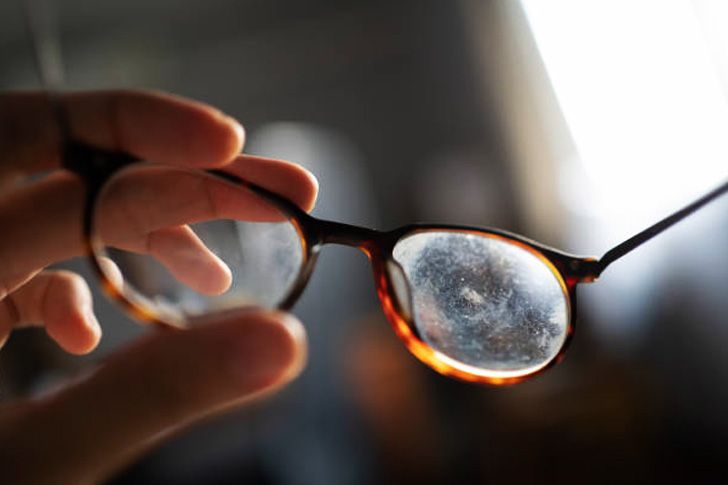
Do you wear glasses and are they becoming cloudy? There is a good way to get rid of that build-up without damaging the lens. Instead of using your credit card to purchase a new one, simply use a bit of vinegar to remove the stains. Take some white vinegar and submerge your glasses into it. Leave this for a few minutes, but not longer than five. Once done, carefully rinse it with water.
The last step is to dry it with a microfiber cloth. These usually come with your glasses as a set, but if you don’t have one, try to get some from the dollar store. They are effective for cleaning glasses without scratching it. It’s amazing what white vinegar can do, right?
Disinfect Your Phone

We use phones for just about everything. It is a gadget that serves multiple purposes, such as communication, games, entertainment, work, and even for school. Did you know that your cell phone can be dirtier than a toilet seat? Think about it. You bring it with you everywhere, touch it liberally, let your friends use it, and place it atop surfaces that might not be clean. Needless to say, this reeks of danger.
The degree of dirt on it can pose a threat so it is best to sanitize it often. There is a trick to doing this, to make sure you don’t damage the screen. Avoid the use of alcohol and opt for zero alcohol wipes. These are milder, but will still disinfect your gadgets.
Restore Your Clogged Shower

Do you have a clogged shower head? It is not necessary get plumbing services just to get it working again, if the issue is hard-water build up. You can easily clean this up yourself, using common items and ingredients found at home. For this, you will only need three things: white vinegar, a plastic bag, and a rubber band.
Pour a mixture of white vinegar and water (50 percent vinegar and 50 percent water) into the plastic bag, then tie it around the showerhead. Make sure it’s secure. The vinegar will loosen up build up, so leave it for an hour or two. Once done, remove the plastic bag and wipe away any remaining debris, before rinsing off the showerhead. It should be good as new after!
Revive Rusty Cast Irons
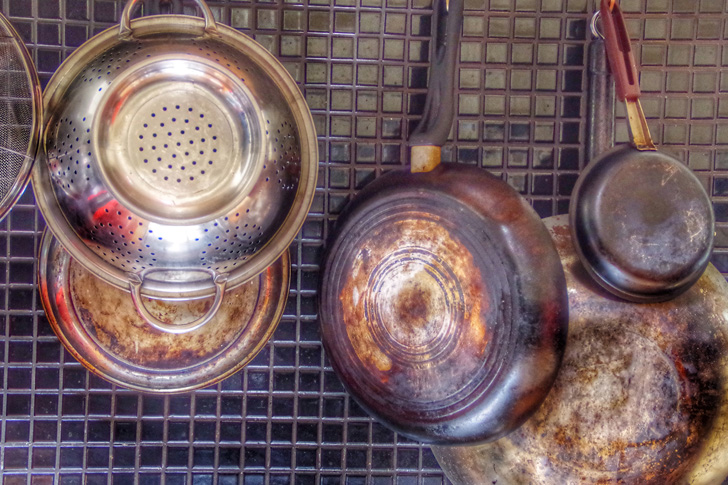
Cooking is not a very easy task, but what is even more difficult is the clean-up after you’re done. This is especially true if you’re using something like cast iron, instead of the usual non-stick pans. It is indeed a frustrating task, but over-scrubbing can easily damage its surface and will cost you a hefty investment to replace.
To remove build-up and bring back the cast iron’s usefulness, use of a few drops of mild dish soap. Wash this thoroughly with clean water and then dry it. Next, take some vegetable oil and coat the entire thing. Place it in the oven and bake it upside down for about an hour at 350 degrees. Remove the excess grease with a paper towel once it has cooled down.
Mayo Makes Plants Shine
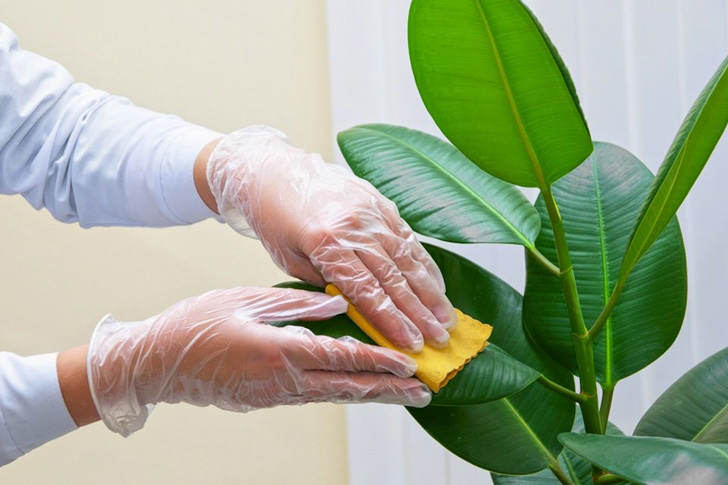
More and more people getting into the hobby of caring for plants. It’s one recreational activity that not only helps with stress, but also helps beautify the space you live in. Some plants are even known to help clean and detoxify the air, so that’s a big plus when it comes to having some. Those who collect certain varieties consider these plants their children and really put in the investments needed to care for them. However, certain factors can cause their usually vibrant colors to start turning dull.
Experienced plant parents do have a quick hack for this. After removing dust and bits of dirt from your potted plants, you can keep them looking shiny and vibrant by rubbing a small amount of mayo on its leaves.
Remove Gunk from Wooden Counters

Wooden countertops are a much safer investment option when compared to granite countertops. You need not worry about damaging them and there are ways of cleaning them up and restoring their former luster. Maintenance will not cost you your house mortgage, for sure! Over time, you’ll notice dirt and stains on it. There might also be some build-up of grime, especially if it’s constantly in use. The solution for this might surprise you.
All you need are some table salt and lemon, which are easily accessible ingredients. The table salt has a coarse texture that can rub out stains from your countertop. Pour some onto the stains or build-up and using half a lemon, scrub it away. Leave this overnight and rinse it with water the next day.
Restore White Shirts

White shirts are basics that go with anything. You can match it with shorts, skirts, simple trousers, or even wear it under your favorite dress. It is versatile, which makes it a great deal you’re on a budget. However, because you will be wearing it out often, discoloration can happen pretty quickly. Once it loses its pristine whiteness and becomes stained or yellowed, you might be tempted to purchase another. Keep your credit card, however, because there is a way to restore it.
Simply apply white vinegar on sweat stains using a sponge. You can also pretreat it with an enzyme prewash stain remover, but the vinegar is often enough. Check it for wash and care instructions before using anything chemical on the fabric!
Get Rid Of Wine Stains
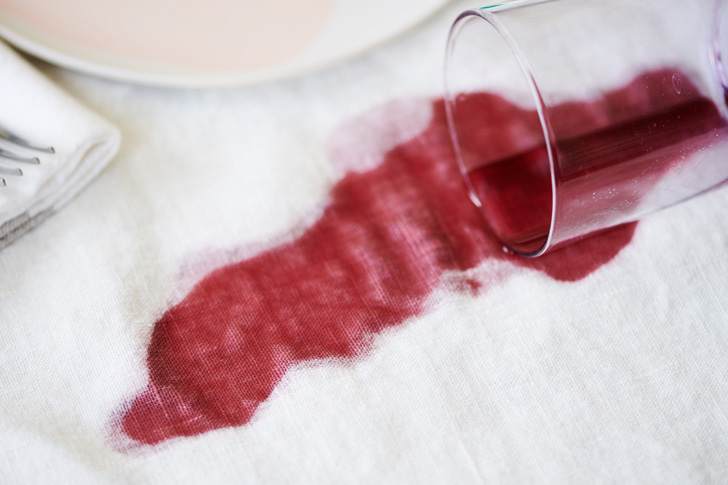
Stains are a common household problem, which does not fail to frustrate every homeowner. Even if you try to be careful and avoid the worst from happening, it seems like getting stains on your furniture is just inevitable. Once they penetrate to a certain degree, they aren’t as easily removed. A good example of this would be the dreaded wine stain. To remove it, here are some tips.
Soak up as much of the liquid as you can. Don’t use bleach to get rid of it as it will affect color and might damage the item. Instead, opt for something like Wine Away. Leave it for a few minutes before blotting away more of the stain. Repeat a few more times until it begins to fade.
DIY All-Purpose Cleaner
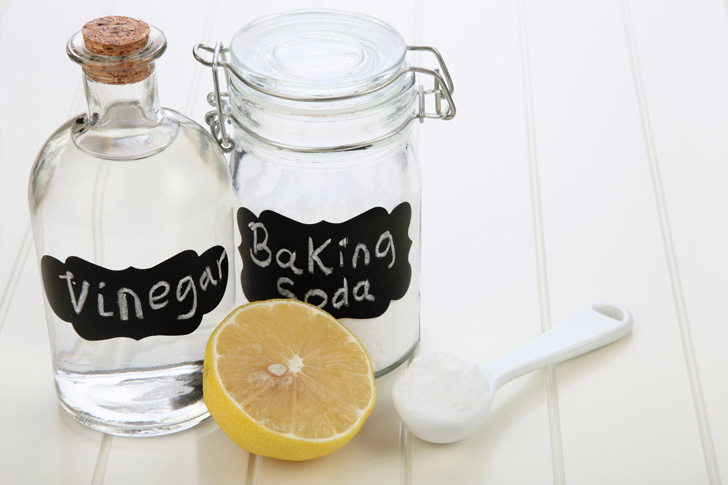
For some of us, basic leaning simply isn’t enough. There are many viruses and other dangers that can happen if you are not able to maintain the cleanliness of your home. Commercially available home cleaners are a dime a dozen, but these can also cost a bit of money. Not to mention the fact that some people are simply allergic to its strong smell. What can you do then?
Everything you might need to clean can be found at home. Start by mixing four tablespoons of soda with one quart of water. This is a safe and non-toxic alternative to chemical cleaners found in stores. This can be used for countertops, sinks, inside the fridge, and even certain spots on tile flooring!
Multi-Purpose Dishwasher
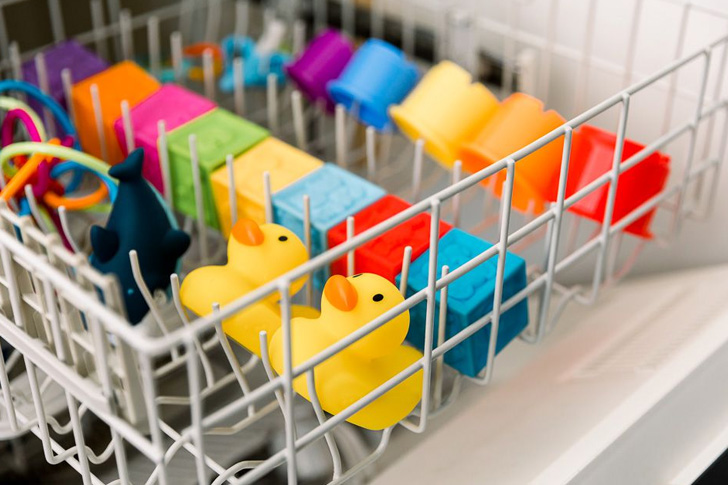
Dishwashers are primarily used to clean up dirty dishes, utensils, kitchen, and tableware. However, these aren’t the only things you can use it for. You might be amazed at the fact that it can also be used to clean and sanitize your baby’s toys. If you have kids at home, you are probably aware that they put almost anything into their mouths. So it is important to keep the things that they are playing with clean.
Save yourself the trouble of washing your children’s plastic toys manually and just pop it in your dishwasher. You can even include your toothbrush and soap holders, pet bowls, sponges, and many others. A dishwasher uses electricity, so it is more energy and cost efficient if you use it for other things!
No More Musty Smells
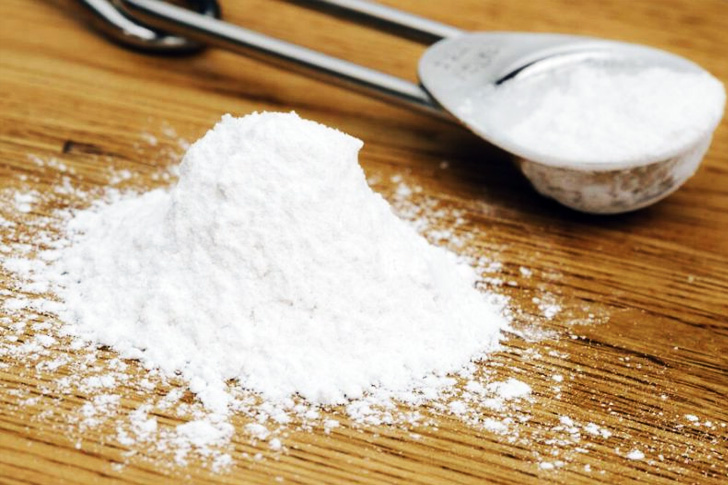
A musty smell at home often indicates the presence of mildew or mold, which is something you wouldn’t want in your house. They are fungi and though they don’t immediately pose a serious health risk, keep in mind that constant exposure to it may irritate both your skin and respiratory tract. This is why it’s best to get rid of them early on.
One way of fighting mustiness caused by mildew is using baking soda. Just like how it gets rid of unwanted odor in a refrigerator, it can also help remove musty smells. Placing an open box of baking soda close to your towels and sheets can help prevent them from getting musty, because the sodium bicarbonate neutralizes odor to a barely detectable degree.
Fix Clogged Drains

What’s one of the most common house maintenance issue you experience? For many people, it’s clogged drains. While the immediate reaction to this is calling plumbing services, why not try and fix it by yourself? The thing with clogs is that, sometimes, the problem isn’t that huge and can be cleared with just a few simple steps.
Many different things can end up clogging drains. Mineral build-up, oil, and pieces of food are just a few examples. To clear it up, mix baking soda and vinegar in a 1:1 ratio. Pour half a cup of this mixture down the clogged drain and cover it with a wet cloth. Leave for about five minutes, then wash everything down with hot water.
Coffee Stain-Free Mugs
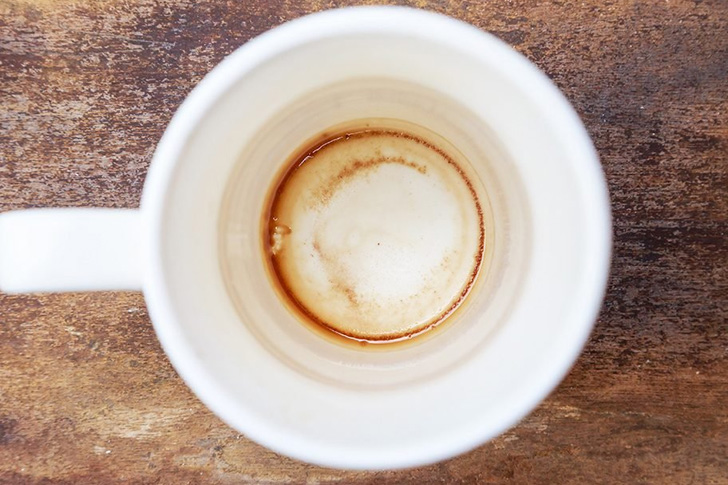
Are you a coffee lover? If so, then you probably have a favorite cup or mug that you often use to drink. Over time, you must have also noticed that it’s begun losing its shine. You might even spot coffee stains on it, making it appear slightly unappealing. Don’t throw it out just yet! You can save it by using one simple trick.
To clean your mug, use a little bit of your usual dish soap mixed with baking soda. Rub the stain off then wash as you normally would. You can also do this to other ceramics you have that have been stained because of regular use. Repeat this enough times and you’ll find your cups and plates looking brand new again.
Iron Damp Clothes
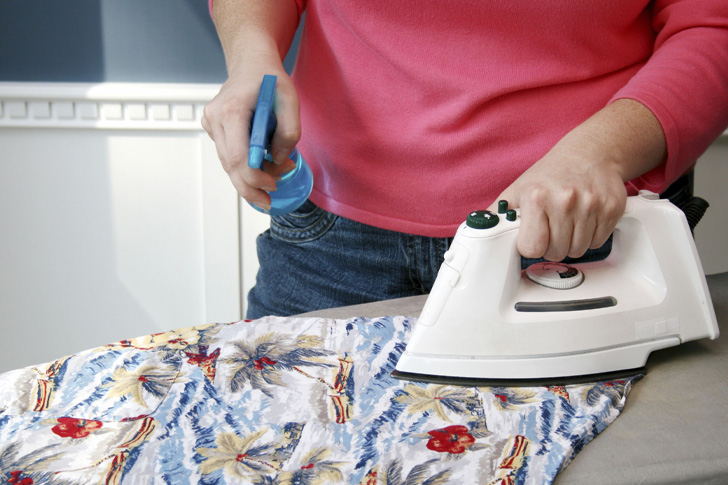
Ironing clothes that are dry completely can be difficult. Fortunately, there is a simple hack to help make ironing just a bit easier for you to do. All you need is a spray bottle and a bit of water. Before you start ironing your blouses, trousers, and other clothing items, dampen the surface using the spray. Don’t oversaturate it, however!
Once it has been moistened, carefully iron out all the creases. The steam this creates actually helps soften the fabric, making it more convenient for you to work with. Steam irons work the same way, but why make an investment in one if you already own a perfectly good iron at home? Just use the sprayer or sprinkle water on the clothes using your fingers.
Sanitize Your Purse and its Contents
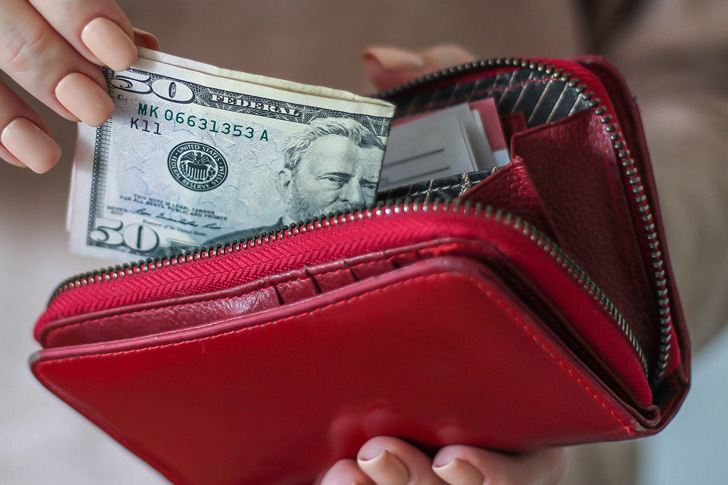
How much attention do you give to the cleanliness of your everday purse? Outside of keeping it organized, we don’t really think about disinfecting its contents. The thing is, studies have shown that bacteria thrive inside it. This might sound very gross, but did you know fecal bacteria has been found inside purses? Aside from protecting yourself with health insurance, try and sanitize your purses as well.
With this simple step, it should only take you a minute or two each day. Doing this can stop it from spreading. Just take your usual disinfectant wipe and use it on every item in your purse—including its interior. You can even spray a bit of alcohol in it, if you’re sure it won’t damage the material.
Eliminate Pet Stink
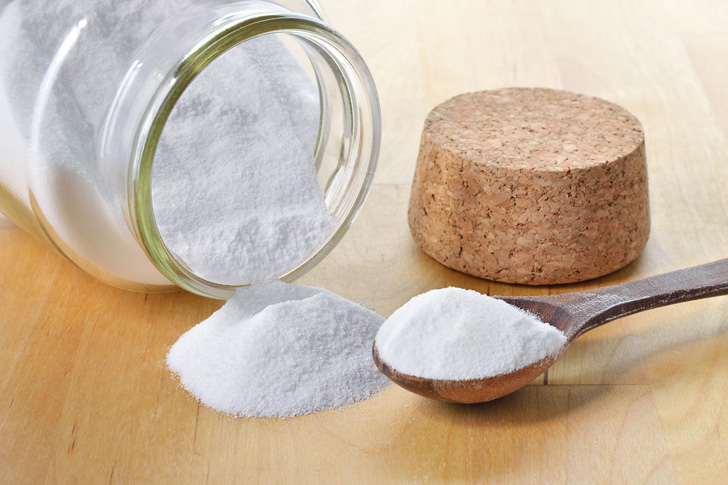
If you have your pets inside your house and allow them to sleep on the couches or mats, you have probably experienced the way they can leave a certain unappealing stink. Yes, you love them, but you don’t have to feel the same way about their smell. While bathing them often is one solution, there is also a way to keep your living spaces stink-free!
Baking soda costs very little money, but makes for a great investment in any household. In this case, sprinkle some of it on the areas where it’s stinkiest. Apply enough to cover the surface area and let it sit for around 15 minutes. Once the time is up, just vacuum the residue. You’ll notice the decrease in smell instantly.
No More Fuzzy Towels
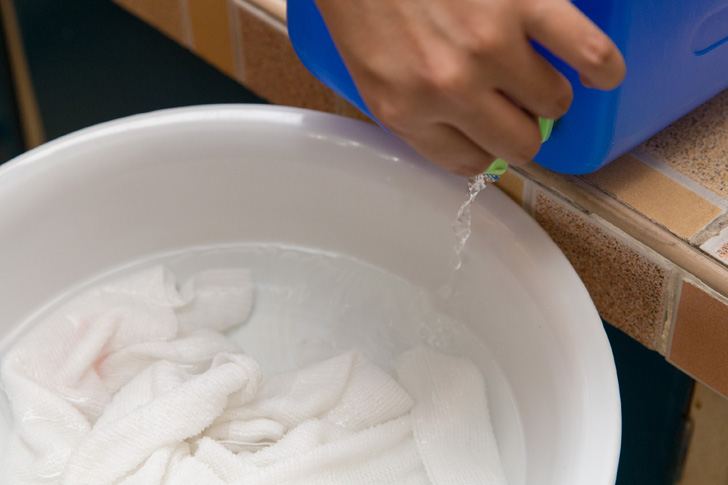
The longer you use your towels, the more it feels stiff and scratchy. Even the softest type will turn rough to a certain degree if you’ve been using it for a while. Now, it’s no secret that these can be quite expensive, so why use your credit to buy new ones when you could remedy what you already have?
This happens because of the minerals, fabric softener, and dryer sheets that get stuck to fibers of your towels. To restore their softness, you just need to remove these deposits. Start by soaking your towels in very hot water mixed with a cup of ammonia. Leave it for an hour or so. This will left up all that build-up and make your towels fluffy again.
